The aroma and visuals of the jungle have attracted me ever since I was a kid. Like many others, I have also spent my childhood days watching Mowgli and Simba or reading Panchtantra stories that always had humanized animal characters who taught us the lessons of life. No wonder, I was naturally drawn to wildlife while growing up!
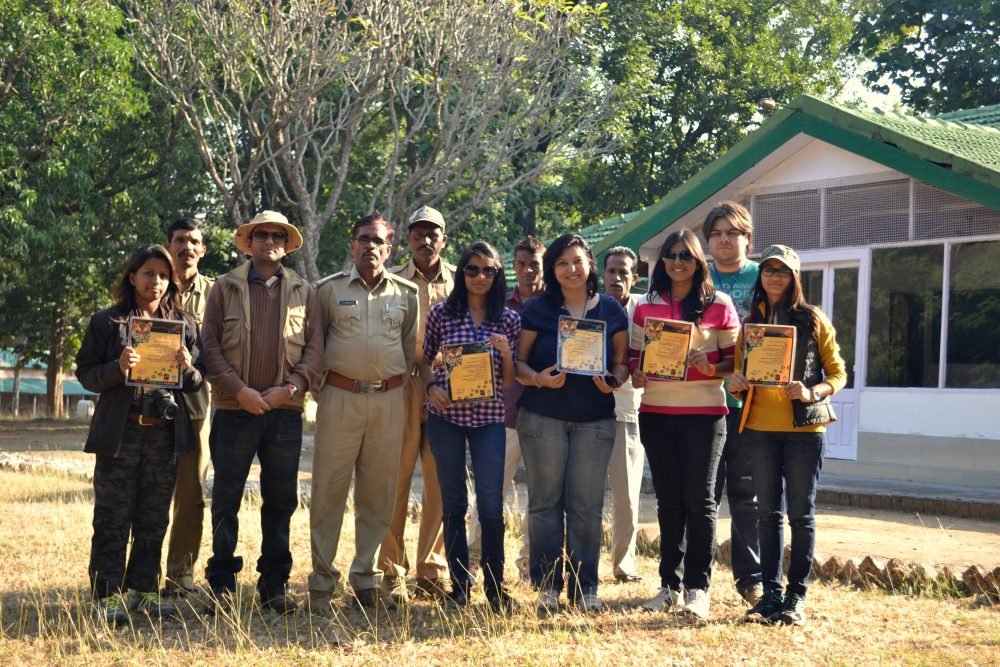
While adulting, I also developed a sincere love for photography & writing and associated myself with various wildlife projects that would allow me to spend time in the jungle. I distinctly remember my first ever wildlife camp organized by Society for Tigerland Conservation; where we lived for three days at a forest guest house in the restricted corridor of Satpura National Park, Madhya Pradesh; entirely without electricity and mobile network.
Disconnected from the world, we connected so well with our surroundings and learned to observe the jungle in its most raw form. That is the beauty of conversing with nature!

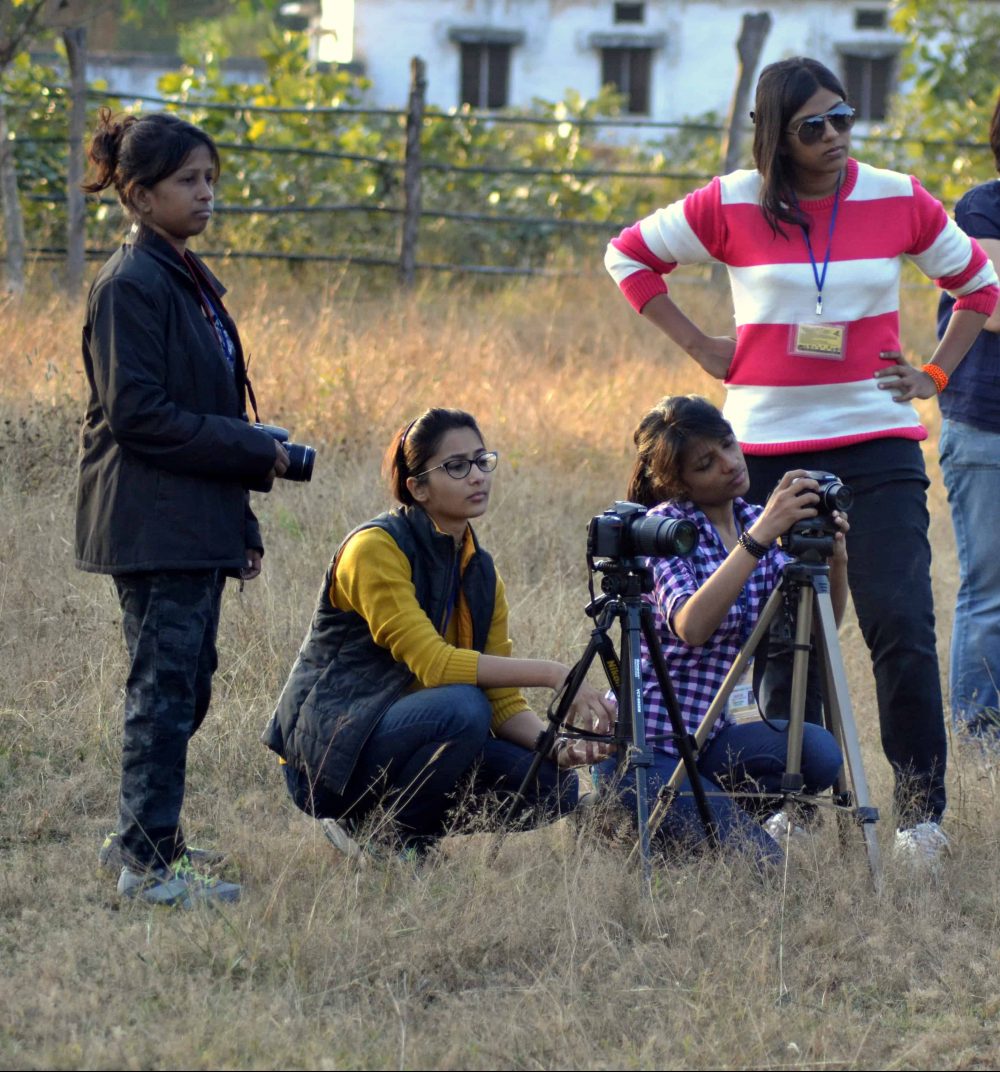
I went there as a research assistant and a team photographer to study the national park and later, our work was published in a book called Tigerland by Abhinandan Shukla. It was then, where I learned my first wildlife lessons on How to Blend in and Conduct oneself in the Jungle.
Wildlife tourism has become one of the most progressive industries in India in recent years. Today, we have 50 Tiger Reserves and 104 National Parks, and we share 60-70% biodiversity of the entire world. Our forests have always been famous worldwide; anciently for its Ayurveda applications & medicinal value and today for its rich flora-fauna and Big Cats Wildlife Safaris.
Since the commencement of Project Tiger, India has earned global fame for being an ideal destination for Wildlife Tourism and Tigerland conservation. With the efforts of various wildlife organizations and constant research and monitoring, India has restored tiger habitats, strengthening the tiger protection, leading to stabilized tiger populations across the country.
To most of us, a safari is not a safari unless we see the Royal Bengal Tiger!
We all get mesmerized by the forest wilderness and sometimes even choose to cross limits and breaks the walls of nature. The adventure of spotting, identifying and meeting some of the most beautiful fauna and flora species in their natural habitat brings us closer to the art of God.
But trust me, a little misadventure will dig your grave! I have seen people going crazy when they look at something, especially a Tiger and in excitement, they risk their safety, get too close to record the moment, jump out of the vehicle and tend to forget how to behave in the jungle.
Many first timers also complain and blame the guides when they don’t spot animals during the safari, but maybe it is because of their behavior that scares away the animals. So many videos on the Human-Tiger conflict and Animal Teasing have gone viral on social media, and it clearly indicates the need to educate people on How to conduct themselves in the wild.
The whole idea is to simply blend in and never look, smell, sound or behave unusually to the customs of the jungle. So let me tell you some commons tips for having a safe, enjoyable and a satisfying wildlife experience and increase your chances to spot the Big Cats–
The jungle is full of creatures. You never know which tiny insect would come and bite you on your safari. So always wear layers of clothing and cover your legs and arms. You can also carry insect repellents or antiseptic creams to be safe.
It is equally important to wear jungle colors such as shades of green, brown, grey because it will help you camouflage and you will not be visually noticeable to the animals. Avoid flashy colors as the animals may get scared or disturbed or even see it as a sign of danger and tend to attack.
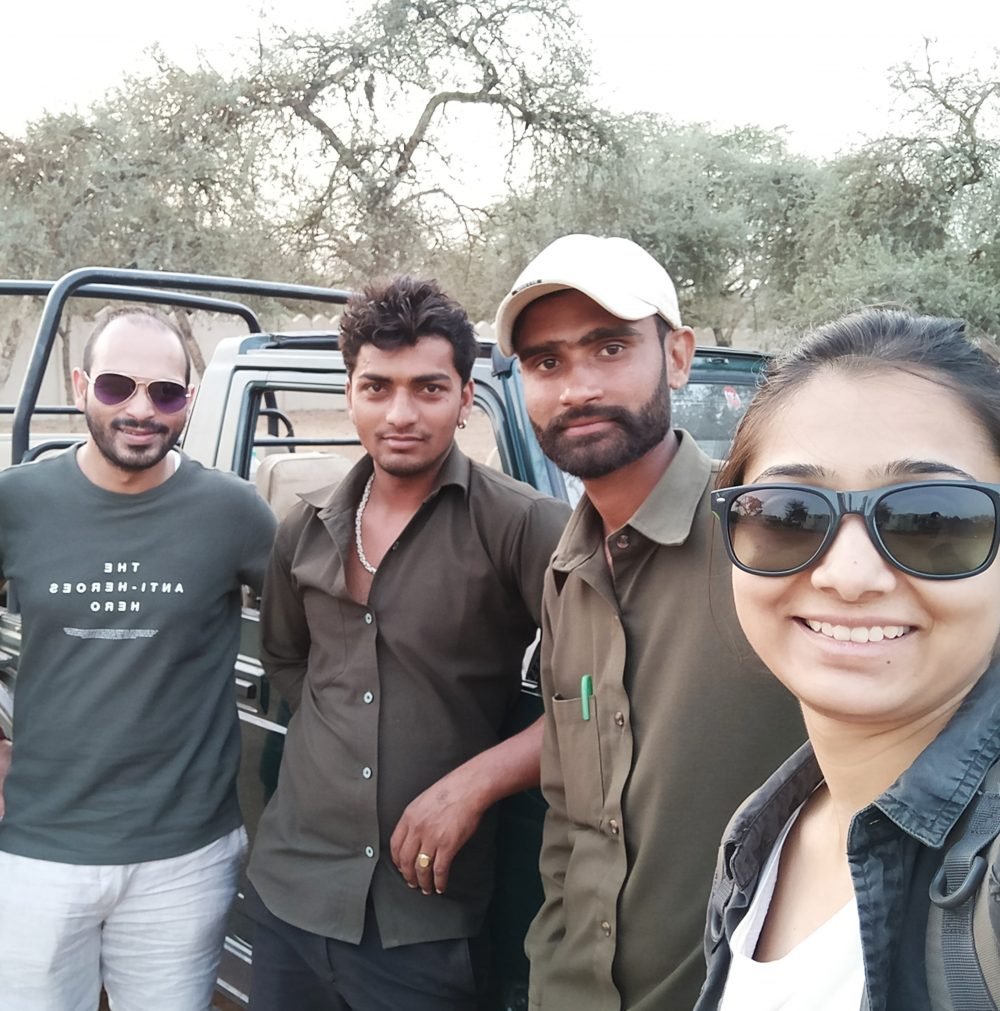
Animals have a keen olfactory sense, and they will tend to react to strange smells. Therefore, avoid bathing with scented soaps or wearing deodorants and perfumes while on a safari. Many wildlife photographers don’t even take a bath for days to trick the animals and not get sensed by them. So it is best to smell natural, just like the jungle!
Whenever on a safari, keep both your mouth and cell phones on Silent mode. A simple cough or sneeze and even the slightest laugh can scare the animals because they are not used to such human reactions or emotions. The jungle is not the place for discussions. Talk very feebly if you have something important to ask your guide. While using a camera, avoid using flash as both its sound and light can be profoundly disturbing to the animals.
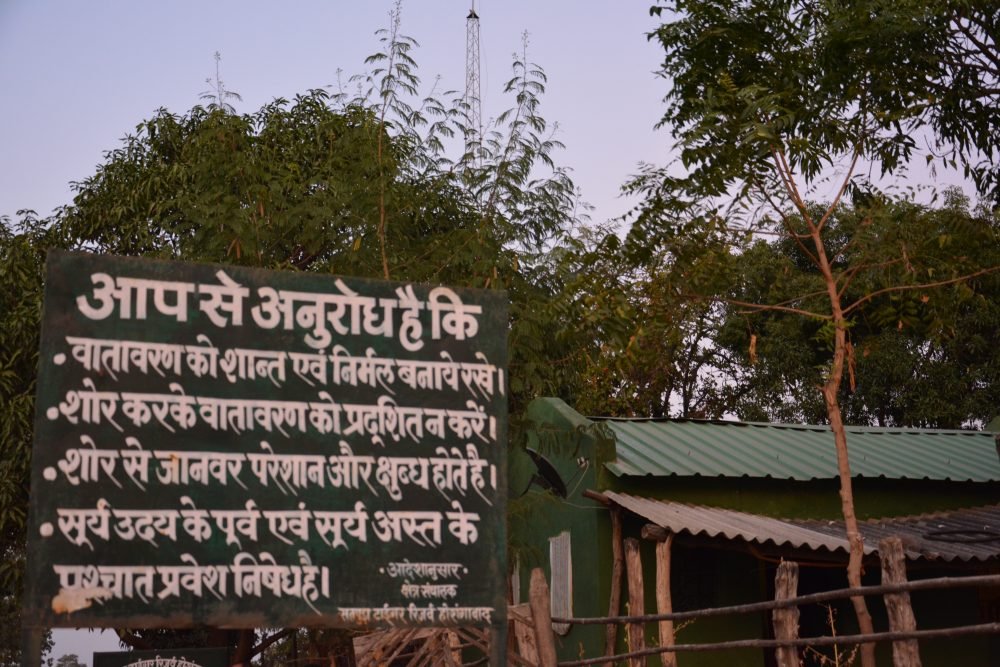
Don’t shout in excitement or don’t panic even if you see something unique. Also, bringing noisy kids on a safari might completely ruin your experience, so it is better to keep them at home. The best way to observe wildlife is by keeping calm!
For a pleasant wildlife experience, it is essential to observe the surroundings that are indicative of animal presence. If you have forest guides with you, do ask them for help. Basic knowledge on animal behavior and relationships such as closely listening to alarm calls, noticing pug mark impressions, animal droppings, claw markings on trees will come handy. So stay alert and keep looking for such signs on a safari. If you are enthusiastic and curious about animal behavior, you can always take notes and photographs and research about it later.
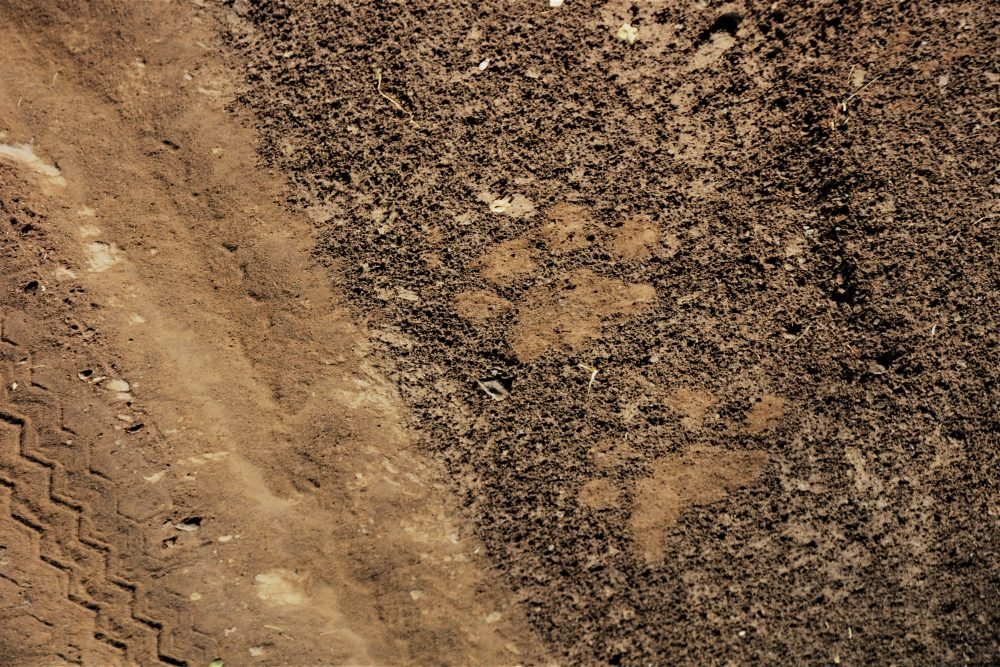
Always keep the animal rights above yourself in the jungle. You must have paid a hefty amount for your safari, but that doesn’t mean you own the forest. The animals have the right to the way in their habitat, and you are the one entering their personal space. So whenever any animal comes on your safari trail, patiently wait till it leaves the track. Don’t block their way by barging in your vehicle or constantly honking to shoe them away. It is essential to respect their privacy so avoid getting too close to the animal. If you are clicking pictures, maintain a safe distance as the animals sometimes attack to protect themselves.
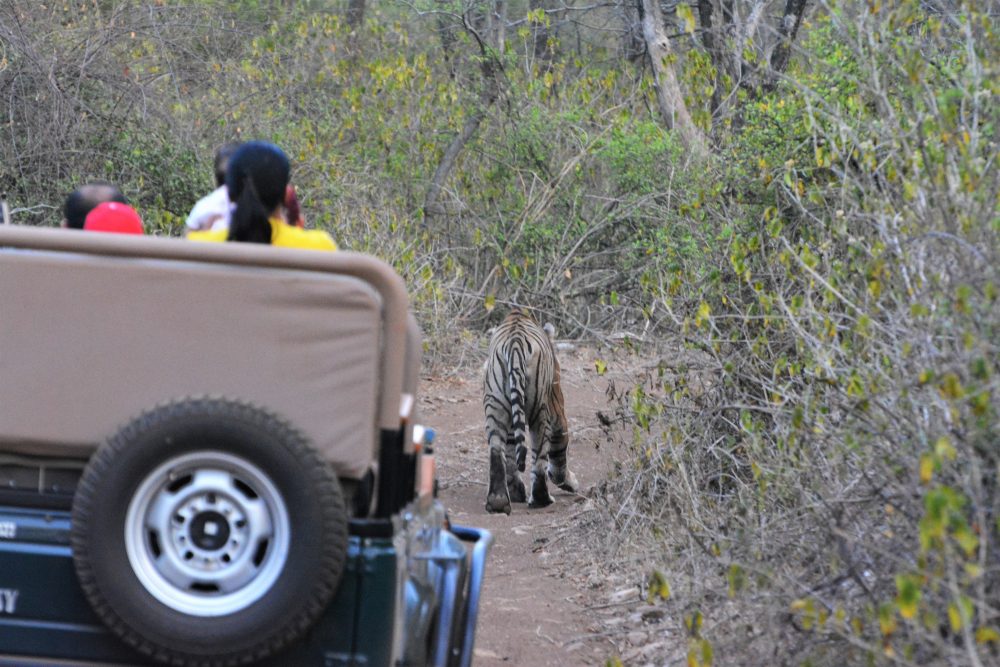
It is too dangerous to be on foot in the wild which is home to the big carnivores. The animal behavior cannot be predicted, and any mistake from your side can risk your life. Only wildlife experts and forest keepers are allowed to walk in the jungle. Tourists are not permitted to get down from their vehicles, and if they do, they may face severe charges. Your forest guide will always advise you about the particular spots where you are allowed to get down.
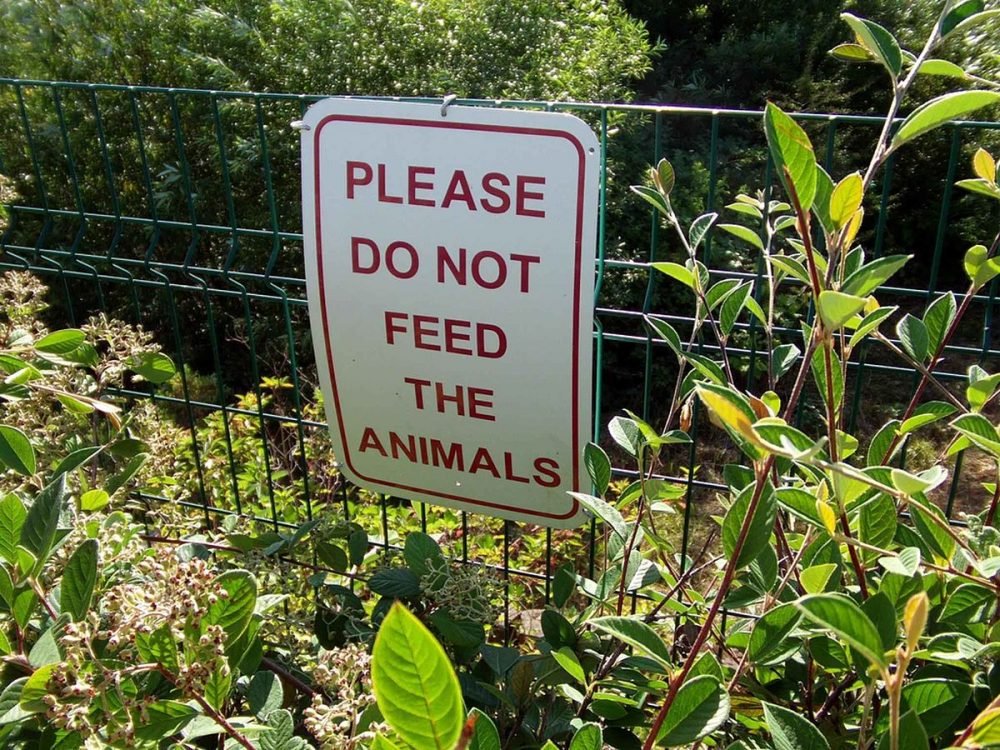
Always remember, there is a vast difference between a zoo and a national park. We are used to feeding the birds and animals in the zoo which is also wrong to an extent, but in the jungle, it is a Big No! The animals are capable of gathering their own food and are used to eating from natural resources. Wild animals cannot process the food that humans eat. So never try to feed them any outside food that may risk their life.
Humans have a tendency to throw garbage everywhere, but it is strictly prohibited in the jungle and is also a punishable crime. Imagine, if the animals consume human litter such as a plastic bag or paper; it may possess a severe health hazard to them. It also makes the environment look ugly. We have no rights to pollute the natural homes of so many animals and plants. So always refrain from littering.
Keep in mind that you are on a jungle safari and not on a picnic where you can continuously bother people sitting next to you for certain things that you need. The vehicles have limited space and a fixed number of seats so even a little movement will create mess and disorder and will eventually spoil your safari. Therefore, just travel light with basic stuff such as water, sunglasses, headgear, photography equipment and some medicines if required. Eating is out of the question as it will create peculiar odors which may affect the animals. And you should anyway be able to control your hunger for an hour or two!
Well, animal sightings depend a lot on your luck and several other factors such as the climate, the geography, the safari timings, animal behavioral patterns, etc. But trust me, if you follow all the above basic tips, your chances of seeing wildlife are likely to be better.
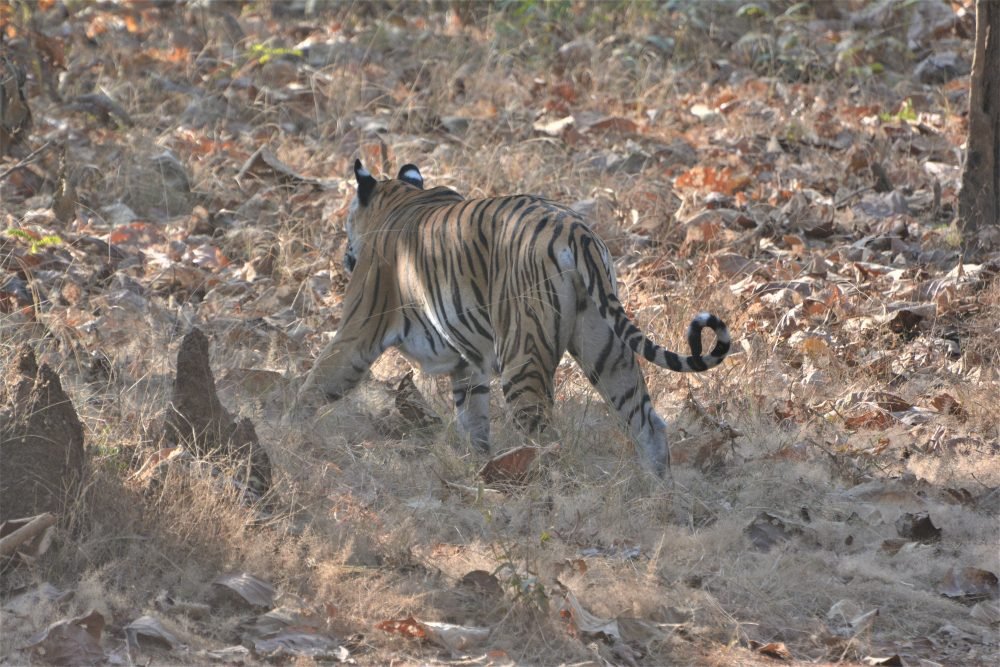
So quickly prepare yourself for your next safari and an enriching wildlife experience!